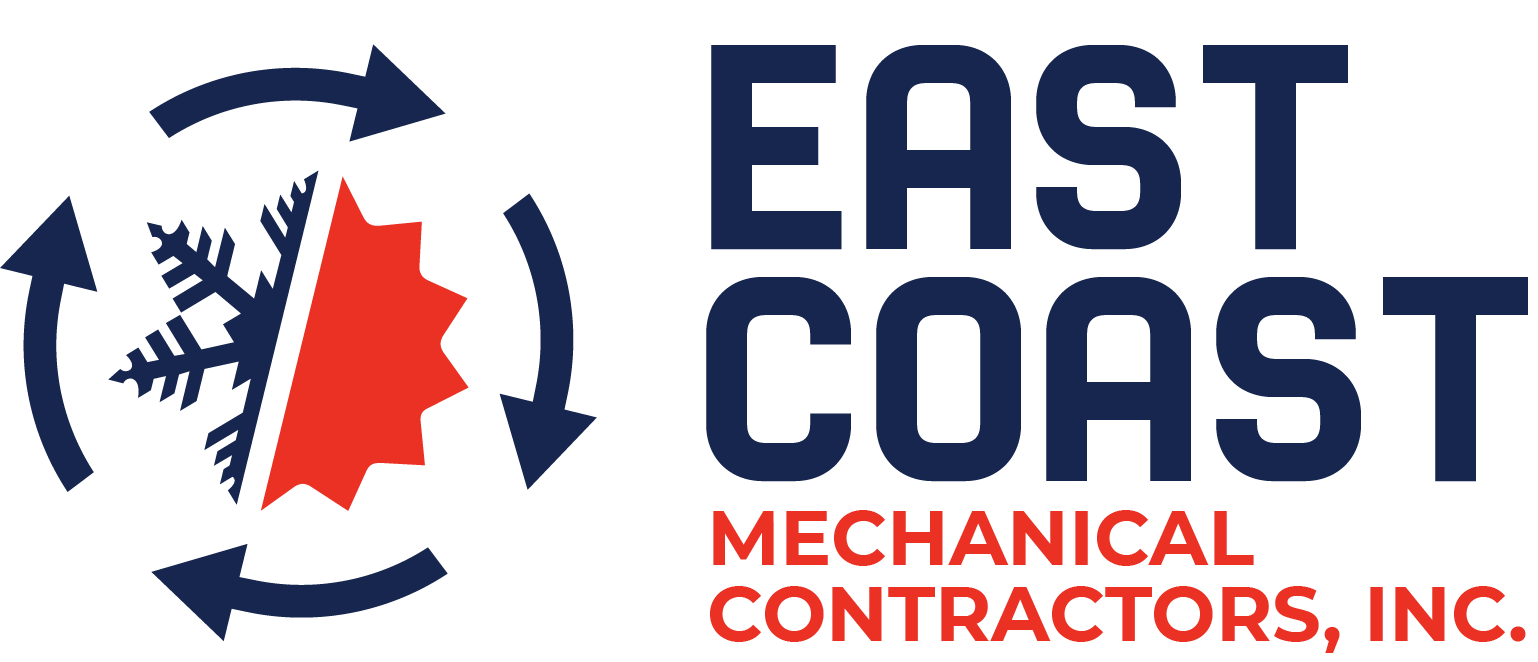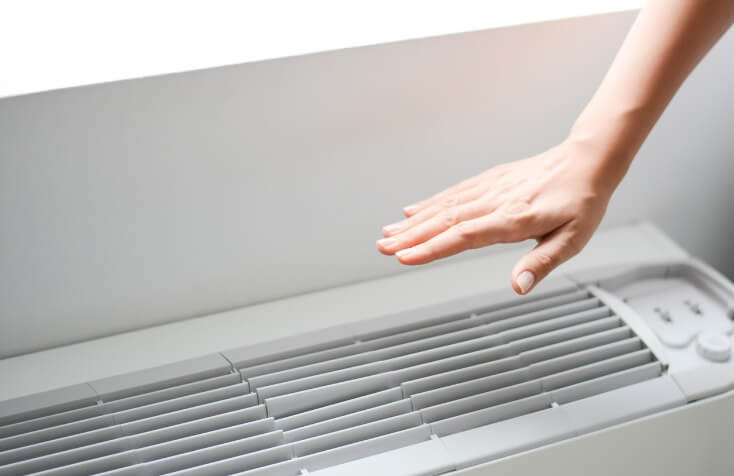Don’t’ let your furnace break down this winter. Follow these easy steps to avoid problems. By following these easy tips, you can keep your furnace running smoothly and safely all winter long. This will save you money, time, and frustration. No one wants to deal with a broker furnace in the middle of winter. This simple preventative maintenance guide will ensure your HVAC system has a long smooth-running time and avoid furnace breakdowns.
-
Replace your air filter every 3 months.
The air filter is the lungs of your HVAC system. A high-efficiency filter will improve the indoor air quality by removing microscopic pollutants and dust so you can breathe easier. Dirty filters mean costly repairs to sensitive cooling and heating components. Clogged air filters make the equipment work harder, decreases efficiency, and raises heating bills.
-
Set your thermostat for energy savings.
Each degree you adjust your thermostat will save/cost you about 3 percent on your monthly bill. During the day, wear a sweater and set your at-home temperature no higher than 70 degrees. At night, bundle up with blankets and adjust the temperature down to 62- 65 degrees. Using a programmable thermostat will cycle through these adjustments automatically. It is a myth that cranking up the heat to 80 degrees will heat the home faster than 65 degrees, and the excess heat will exceed your comfort level and be wasted.
-
Check and clean air vents.
Vacuum the air registers in every room at least monthly. Remove any obstructing furniture, rugs, or curtains to improve air flow. Closing air vents in unused rooms does not save money, it throws off the airflow balance in the home raising the heating bill. Keep at least 80 percent of your registers always open.
-
Seal the Ductwork.
Do not use Duct Tape on ductwork. Use a construction-grade seal and tape to plug the cracks, holes, and other breaches in the ductwork. Use specialized sealant, mastic, or metal tape to seal the connections between duct sections. Secure the ducts to registers and vents. Test your home and the ducts for carbon monoxide leaks. For the best results, use a professional HVAC contractor. Leaking heated air into unconditioned spaces behind walls and above ceilings will damage the home’s structure and raise heating costs.
-
Prevent fires.
Heating equipment causes over 48,000 home fires each year. Keep space heaters, fireplaces, furnaces, and water heaters at least 3 feet away from combustibles like furniture, rugs, and curtains. Never run space heaters unattended or plug into extension cords. Turn off equipment and promptly report strange odors or noises to your HVAC professional.
-
Check furnace flue.
A block flue will raise carbon monoxide resulting in back drafting. Visually check that the flue is free of obstructions in autumn. Call an HVAC professional if the flue is clogged on the inside.
-
Do not store anything near the furnace.
The utility closet should not be used to store anything. Keep a 10-foot circumference of free space around the furnace, furnaces need air to breathe for smooth operation. Never store cans of paint, paint thinner, cleaning supplies, beauty products, or aerosol sprays within 15 feet of a furnace.
-
Test your smoke alarms and carbon monoxide detectors monthly.
Change the batteries when the clocks fall back and spring forward. Never remove the batteries. Chirping indicates the battery needs to be changed.
-
Schedule professional HVAC maintenance.
Only an experienced professional technician can provide a through inspection, cleaning, and tune-up. Schedule air conditioning maintenance every spring and furnace maintenance every fall. Improved operation of HVAC equipment lowers fuel bills and prevents costly repairs.
-
Timely replacement of the HVAC system.
When the furnace is 10 years old, its fuel efficiency will drop to 60 percent or lower. Old equipment will raise fuel costs. Before total system failure occurs, replace the HVAC system for a high efficiency model with 97 percent efficiency. The upgrade will be reflected immediately on your next utility bill.
Looking for a Reliable HVAC Company for HVAC System Maintenance in the New Jersey Area?
Are you looking for an experienced and reliable HVAC contractor for heating services? East Coat Mechanical Contractors Inc. is a family-run HVAC company based in Monmouth County that has been in the industry for more than 30 years. We pride ourselves in providing “Quality and Value” residential and commercial heating and cooling services throughout Central New Jersey. We provide installation, repair, and maintenance solutions for all types of comfort systems. Service towns in the Central NJ area include Point Pleasant, Howell, Manasquan, Point Pleasant Beach, Wall, Eatontown, Asbury Park, Manalapan, Belmar, Colts Neck, Red Bank, Long Branch, Belmar, Rumson, Fair Haven, Oceanport, Little Silver, Lincroft, and many more! For more information, you can contact us at (732)751-8877 or check out our website.
Monmouth County HVAC Specialists

